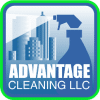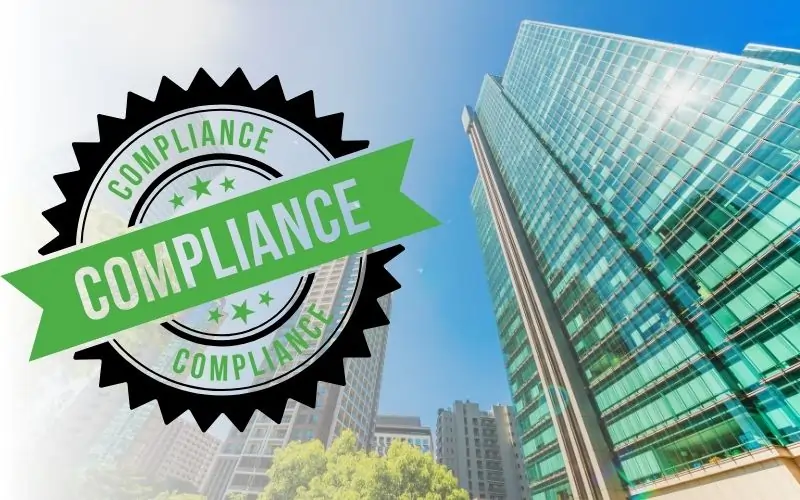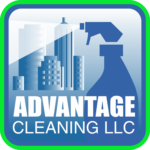Introduction: Why Bathroom Cleaning Deserves Special Focus
Bathrooms are the most critical hygiene zones in any school. While the entire school needs structured sanitation, restrooms require exceptional attention to prevent the spread of germs, protect vulnerable students, and meet strict compliance requirements.
A precise school bathroom cleaning checklist is a non-negotiable part of creating a clean and healthy environment.
A School Isn’t Clean If the restrooms Aren’t
Parents, teachers, and students notice when the toilets are dirty—and rightly so.
A dirty floor or empty soap dispensersisn’t just unpleasant; it’s unsafe. Clean toilets are a foundational part of a truly school clean facility.
Regulatory Requirements in NY and NJ for School Restrooms
New York requires that restrooms in schools are cleaned using products listed under the OGS Green Cleaning Program.
New Jersey mandates that restrooms meet sanitary standards enforced by PEOSH and the DOE Health and Safety Guidelines NJDOE. Documentation and frequency matter.
Bathrooms Are Breeding Grounds Without Proper Protocol
Moisture, foot traffic, and organic waste make restroom facilities a prime zones for bacterial growth. Without a structuredcleaning checklist, these spaces quickly become hazards.
The Role of High Touch Surfaces in Restrooms
Restrooms are filled with high touch surfaces: door handles, stall locks, light switches, faucet taps, and flush handles. These must be disinfected with proper dwell times using EPA-registered products.
Cross-Contamination Prevention Is Non-Negotiable
Cleaning a restroom with a mop or rag that was used elsewhere is unacceptable. Cleaners must be trained in contamination protocols:
- Color-coded cloths and mops
- Dedicated restroom equipment
- Clear workflow from clean to dirty zones
Cleaning Staff Are Frontline Hygiene Agents
Restroom sanitation isn’t just about optics—it’s about safety. Training includes:
- Product knowledge (esp. disinfectants)
- Floor drain and trap cleaning
- Accurate checklist logging
Daily Restroom Cleaning Tasks
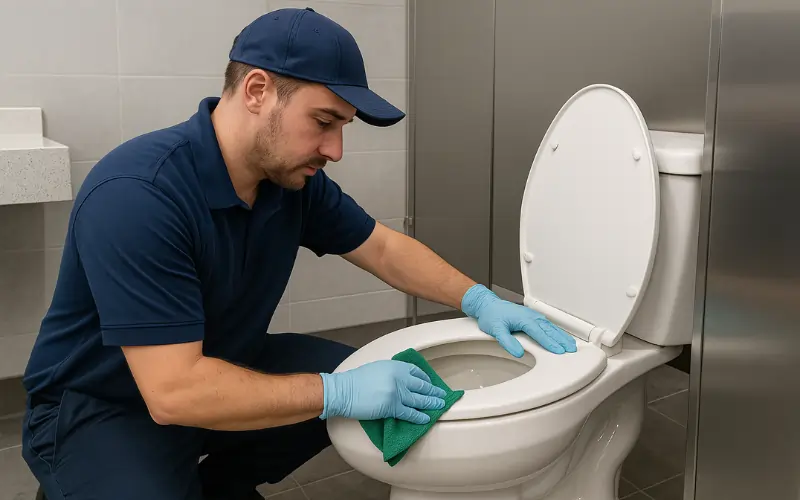
Every day, every school restroom must undergo a thorough cleaning to ensure hygiene and safety for students, staff, and visitors.
These tasks form the foundation of any daily cleaning checklist, designed to keep high touch surfaces, waste receptacles, and hygiene points in top condition.
- Emptying trash cans and replace liners: Full trash cans are a major health risk and attract pests. Always use a fresh liner and ensure no touch waste baskets are functional and properly placed.
- Sweeping and mopping floors with disinfectant: Use a microfiber mop and an EPA-approved disinfectant solution to clean all floors, especially around toilets, urinals, and sinks where spills and splashes are frequent.
- Clean and disinfect toilets, urinals, and sinks: Use toilet bowl cleaner, scrub brushes, and disposable cloths or microfiber cloths. Make sure to clean under the rim and seat of each toilet bowl.
- Wipe and disinfect door handles, flush levers, soap dispensers, and stall locks: These high touch areas should be cleaned with a disinfectant spray and clean cloth, allowing proper dwell time to kill germs.
- Clean mirrors and refill paper towels, hand soap, and toilet paper: Use a glass cleaner for streak-free mirrors and check all restroom supplies for replenishment.
This cleaning routine is extremely important during cold and flu season and should be monitored throughout the school year. in the entire school should be serviced using this cleaning checklist:
- Emptying trash cans and replace liners
- Sweeping and mopping floors with disinfectant
- Clean and disinfect toilets, urinals, and sinks
- Wipe and disinfect door handles, flush levers, soap dispensers, and stall locks
- Clean mirrors and refill paper towels, hand soap, and toilet paper
Weekly Restroom Cleaning Tasks
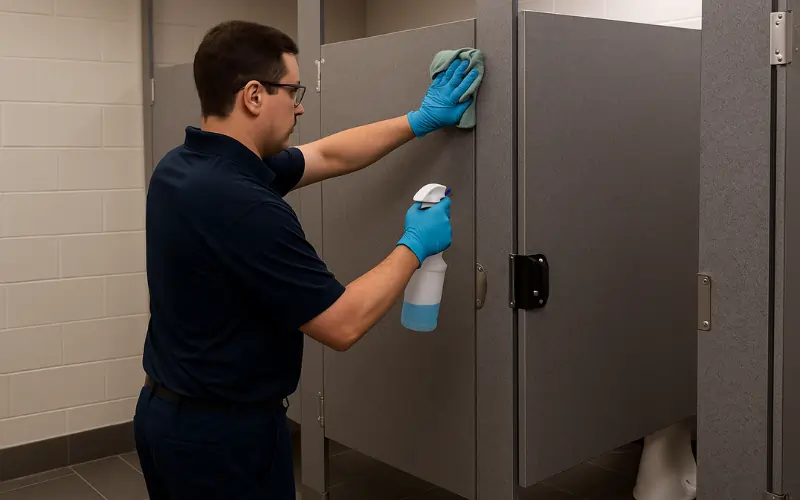
In addition to daily cleaning responsibilities, weekly restroom maintenance addresses hidden grime, stubborn buildup, and early signs of wear that could compromise hygiene if left untreated.
These tasks are especially important for preventing long-term issues in high traffic areas and supporting a healthier learning environment. with these essential weekly items:
- Dusting shelves, vents, and ledges
- Disinfect stall walls and backs of doors
- Remove buildup from grout and tile joints
- Polish fixtures and inspect for leaks
Monthly and Quarterly Deep Cleaning
Scheduled deep cleaning ensures long-term cleanliness and helps prevent serious health risks.
Monthly and quarterly cleaning tasks address buildup and wear in areas that are often missed during daily or weekly routines.
These deeper interventions extend the life of restroom fixtures and improve safety, particularly in high-use school restroom environments.
- Steam clean and disinfect floors and walls: This removes embedded grime and harmful bacteria, especially in grout and tile joints, where moisture accumulates.
- Sanitize and flush floor drains: Prevents odor, backup, and bacterial growth by ensuring that drain systems remain free of organic waste.
- Wash garbage bins inside and out: Trash containers can harbor bacteria and odors; sanitizing them supports overall restroom hygiene.
- Disinfect partitions, doors, and dispensers: These areas are frequently touched but not always visible in terms of dirt, making them critical for preventing germ transmission. long-term cleanliness:
- Steam clean and disinfect floors and walls
- Sanitize and flush floor drains
- Wash garbage bins inside and out
- Disinfect partitions, doors, and soap dispensers
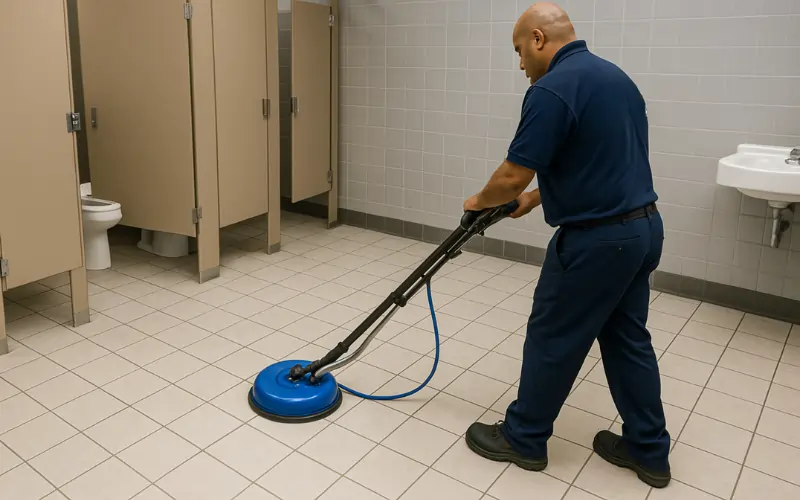
Annual Cleaning: Summer Sanitation Reset
The summer break is the ideal window for deep facility-wide cleaning and maintenance.
With students and staff out of the building, janitorial teams can focus on intensive, often intrusive, procedures that restore restrooms to peak condition before the new school year begins.
These deep cleaning efforts go beyond daily routines and set the hygiene standard for the months ahead:
- Deep clean and disinfect every surface: All hard surfaces, including partitions, walls, sinks, fixtures, and flooring, should be scrubbed and sanitized using EPA-approved disinfectants.
- Strip and wax restroom floors: Stripping removes worn layers of finish, and waxing provides a new protective layer that extends floor life and improves safety. Learn more on our floor cleaning services page.
- Inspect and replace damaged fixtures: Cracked tiles, leaky faucets, or faulty flush handles should be addressed promptly to maintain operational safety.
- Mold inspection and remediation: Restrooms are especially vulnerable to moisture buildup. Thoroughly check tiles, vents, and corners for mold or mildew.
- Ventilation and air quality audit: Deep clean air ducts, replace HVAC filters, and ensure exhaust fans are functioning to prevent odor buildup and maintain a healthy environment.
For complete coverage of these protocols, explore our School Deep Cleaning Programs and School Cleaning Services in New York and New Jersey.
- Strip and reseal tiled floors
- Replace damaged fixtures
- Mold inspection and remediation
- Upgrade ventilation systems if needed
Air Quality in Restrooms: Don’t Overlook Ventilation
Bad odors are a sign of air quality failure. Restroom maintenance must include:
- Cleaning and dusting vents
- Replacing HVAC filters
- Ensuring exhaust systems run during occupancy
Odor Control: It Starts with Cleaning, Not Fragrance
Don’t mask odors—remove the cause:
- Clean urine stains around toilets and urinals
- Use enzyme-based drain cleaners
- Disinfect trash receptacles and plumbing fixtures
Restocking Supplies: The Unsung Hero of Sanitation
Empty soap dispensers or paper towels break the cleaning chain, especially during high-traffic transitions like lunch, recess, or class changes.
A shortage of restroom supplies during these peak usage periods increases the spread of germs and illnesses, particularly during cold and flu season.
Proper restroom maintenance includes checking and restocking all essential hygiene products on every shift to ensure they are available when needed most.
Check and refill: or paper towels break the cleaning chain.
Check and refill:
- Toilet paper
- Liquid hand soap
- Seat covers (if applicable)
- Paper towels and air dryers

Trash Management: No Room for Error
Trash in bathrooms must be handled with rigor:
- Use liners
- Never overfill bins
- Remove waste to designated disposal areas each shift
Clutter and Maintenance Checks
Crowded corners and broken fixtures invite bacteria:
- Keep floors and under sinks clear
- Inspect for leaks and water damage
- Report maintenance issues immediately
Documentation and Accountability
Every cleaning round should be documented:
- Timestamped logs
- Product usage and dwell time records
- Supervisor verification
Gender-Inclusive and Staff Restrooms: Equal Standards Apply
All restrooms—student, staff, and gender-neutral—must follow the same cleaning checklist and frequency. Safety and dignity are universal.
Restroom Cleaning Training: A Specialized Skill Set
Cleaners must be trained in:
- Dwell time and disinfection efficacy
- PPE use
- Safe handling of bodily waste and biohazards
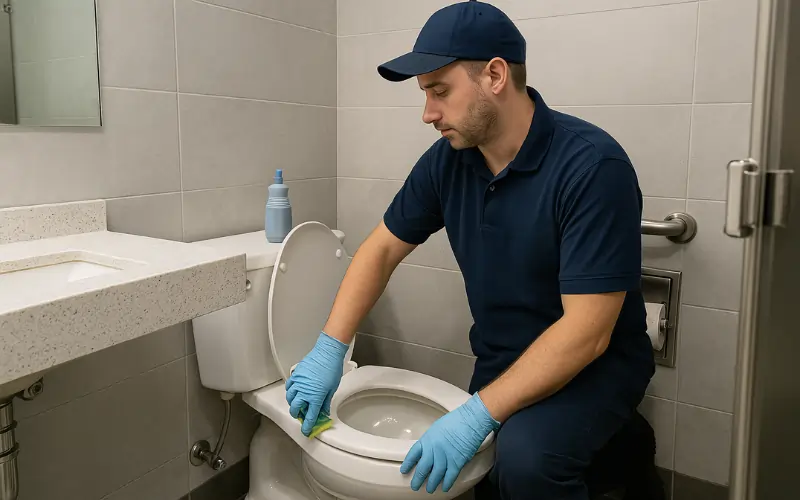
For detailed compliance guidelines, visit:
1) New York State Green Cleaning Program
Final Word: School Bathroom Cleaning Is Public Health in Action
A school restroom cleaning checklist isn’t about appearance—it’s a daily health protocol.
A poorly cleaned bathroom can spread illness, violate state mandates, and damage community trust. Done right, it’s a mark of professionalism, care, and safety.

A higher grade of School Cleaning
Related Resources
For more information, see our other professional cleaning resources:
- Comprehensive School Cleaning Checklist
- School Classroom Cleaning Checklist
- School Janitorial Services
- School Deep Cleaning Programs
- School Disinfection Services
Frequently Asked Questions – School Restroom Cleaning
Worth reading
NYC Green Cleaning Compliance for Facility Managers
Why Compliance Is Non-Negotiable In New York City, green cleaning isn’t optional—it’s mandated by a…
NYC Green Cleaning Regulation: Guide for NYC Facility Managers
Is Green Cleaning a Legal Requirement in NYC? Green cleaning is a legal obligation in…
